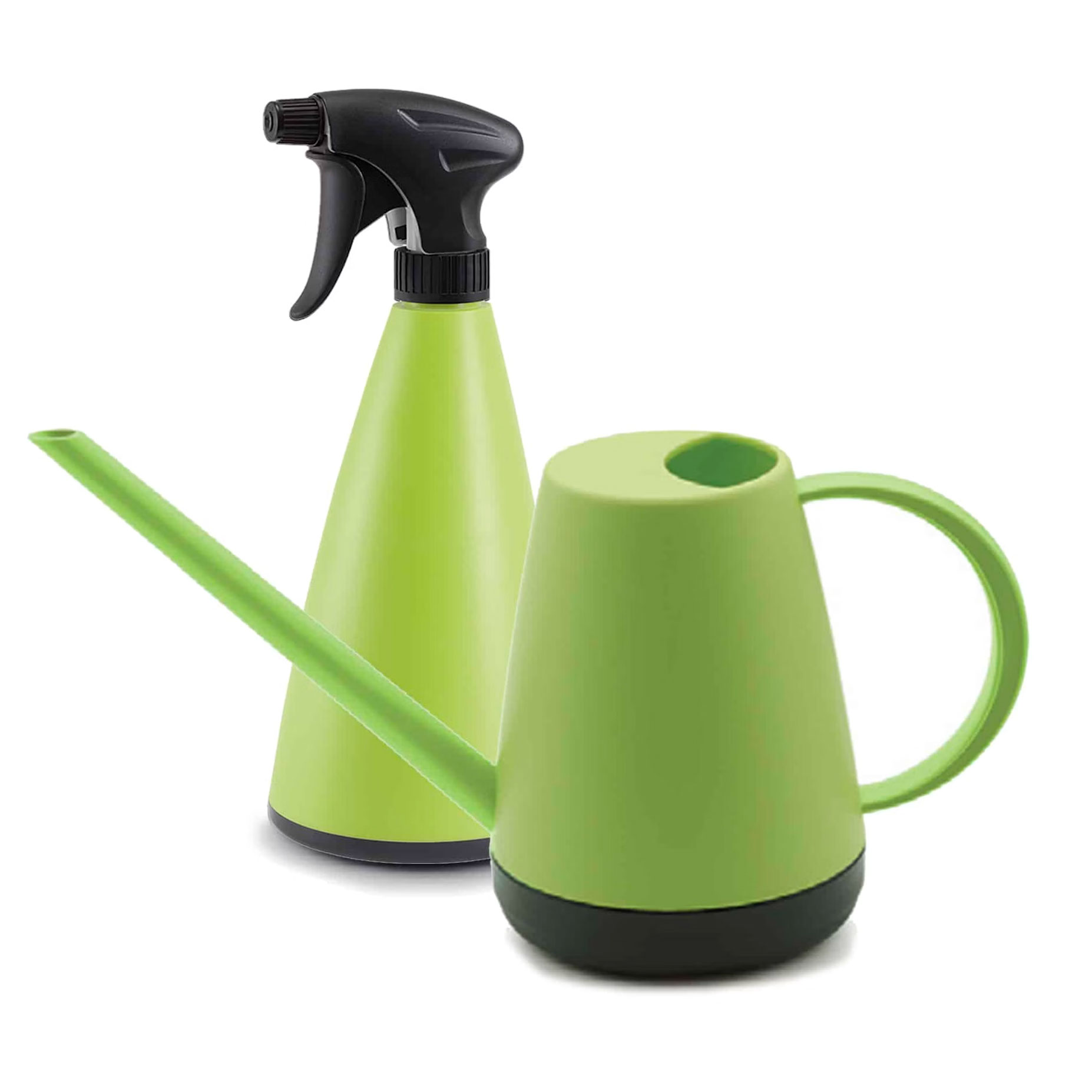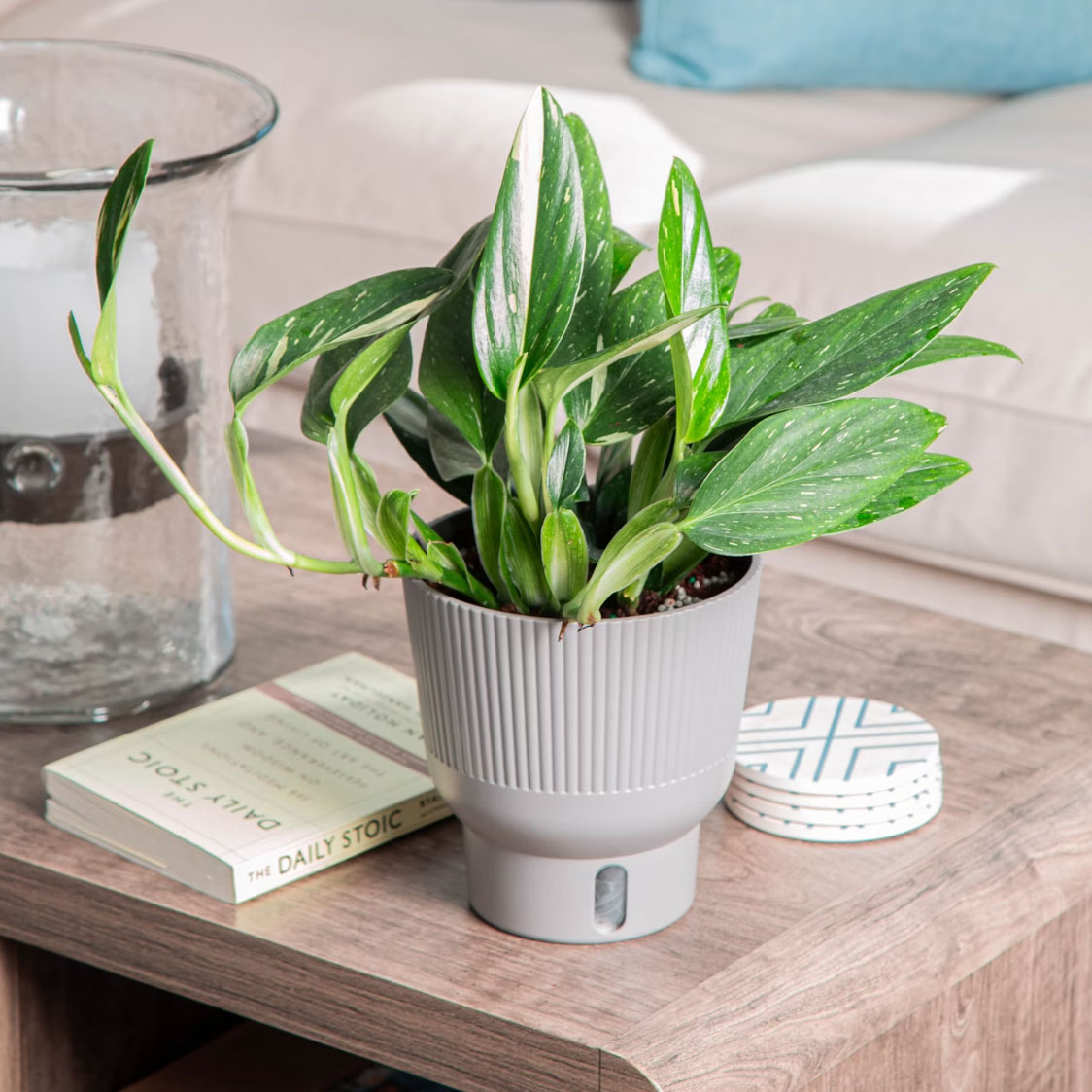Want To Know How To Make A Spider Plant Bushier? 4 Secrets For Lush & Bushy Spiders
Are you looking for ways to make your spider plant look bigger or more dramatic? Follow these quick and easy tips on how to make a spider plant bushier
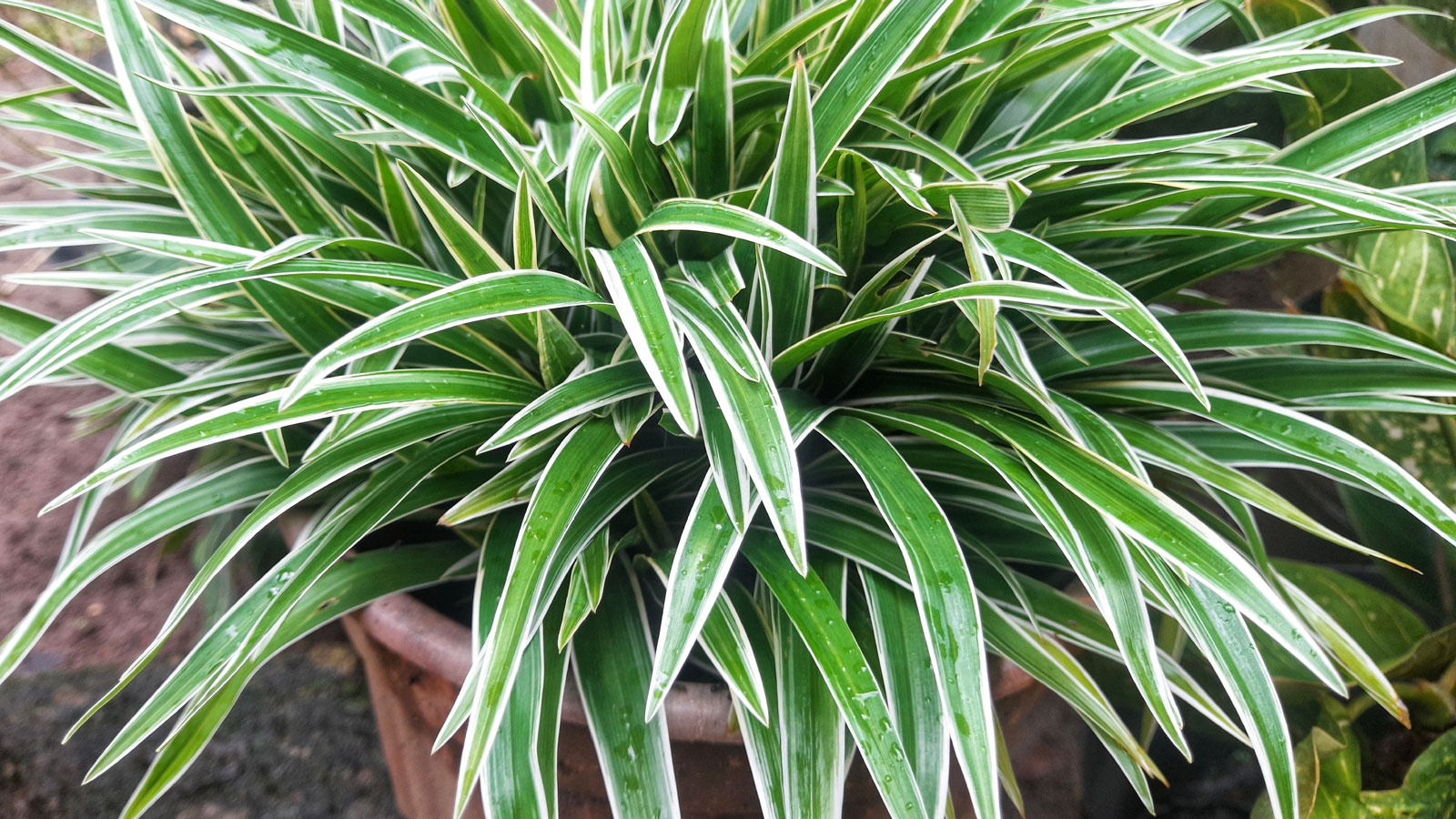

Amy Draiss
Are you allowed to have favorite houseplants? If it were ok to rank indoor plants in my heart, spider plants would be near the top of the list. They are lovely and resilient, with their gracefully arching leaves, they are easy care, and they are flexible about sunlight and irrigation. However, if you have a spider that is looking a little thin, limp or leggy, you may well be wondering. how to make a spider plant bushier.
I’ve had spider plants for years without having to deal with any major pest or disease issues. But every now and then, one starts to look a little thin or unhealthy. If that’s your situation, you’ll be pleased to know there are easy ways to make a bushy spider plant in just a few weeks. Here, we reveal a few insider secrets to super bushy spiders.
Best Ways to Make a Spider Plant Bushier
A healthy spider plant has plenty of slender leaves that arch from a central rosette. These houseplants look lovely in a tall container, placed in a high plant stand, or dangling from a hanging basket, where the leaves can extend beyond the edges of the pot. Different types of spider plants, from variegated to curly, look gorgeous with a defined, bushy shape.
To appreciate the charms of a spider plant at its fullest, you don’t necessarily need the plant to be excessively voluminous. I personally prefer my plants with air space between the leaves, and I think it might be healthier for them. But I don’t like them either leggy or thin. The following tips give you quick and easy ways of helping maintain good houseplant health, as well as boosting the shape and volume of your spiders.
1. Adjust Light Levels for Leggy Spiders
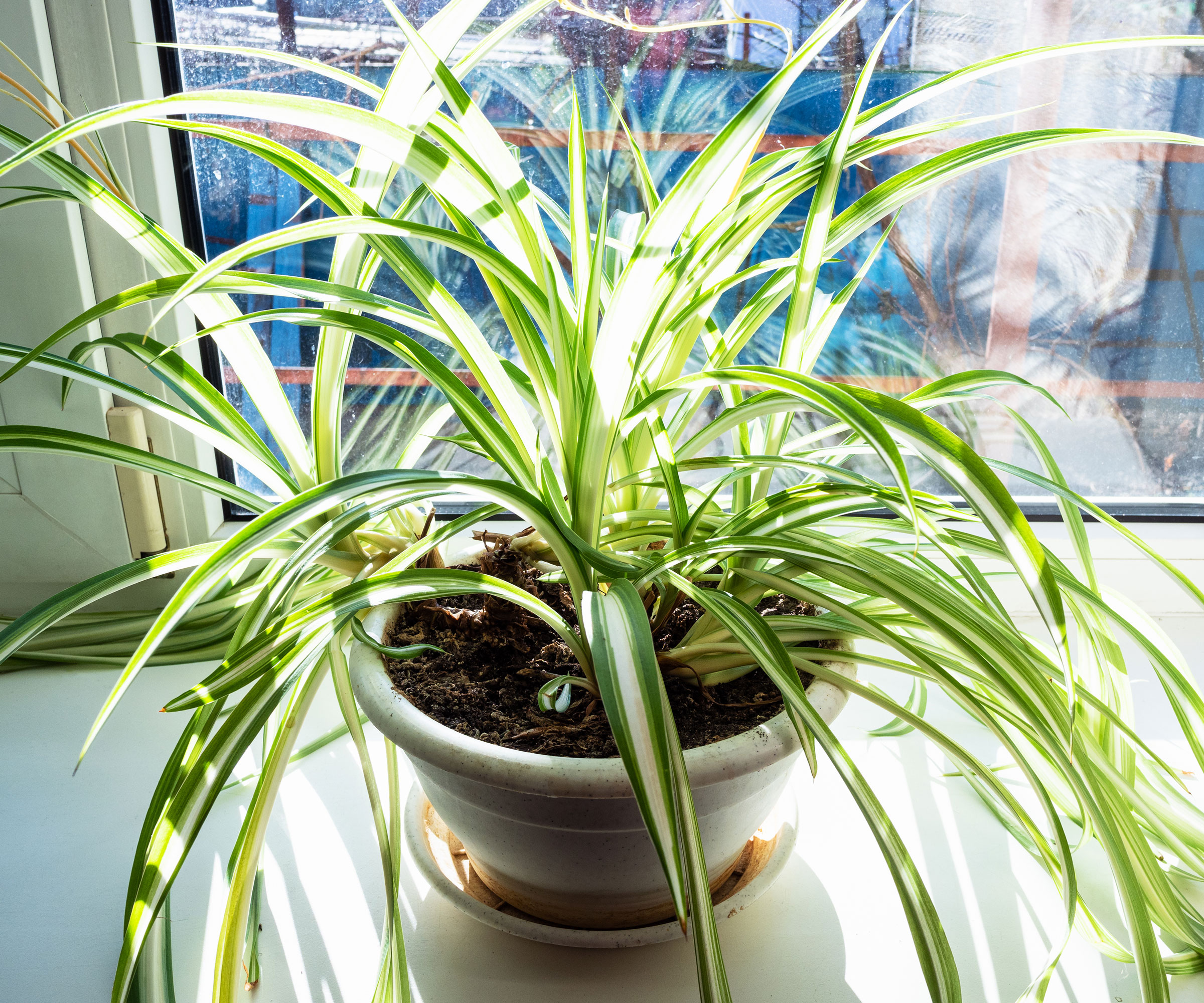
It’s hard to tell stems from leaves on a spider plant – that is, unless they get leggy. In a healthy plant, leaves seem to emerge from other leaves, but those nearest the soil are the stems. A leggy plant is one where the stems grow for several inches without producing any new leaves. In short, when stems are easy to spot, your plant is leggy.
Leggy plants are almost always plants that need more light. They are reaching up to search for sunlight, like plants do in the wild. While spiders can do well in indirect light, you should take steps to boost light levels if you spot signs of legginess.
Solve this issue with your spider plant by placing it in a site with more sun. So if, for example, your plants are in a north-facing window, try moving them to an indirect light site in a west-facing kitchen or living room window. You will likely see an improvement in a matter of weeks.
Sign up for the Gardening Know How newsletter today and receive a free copy of our e-book "How to Grow Delicious Tomatoes".
2. Water Your Thin Spider Plants
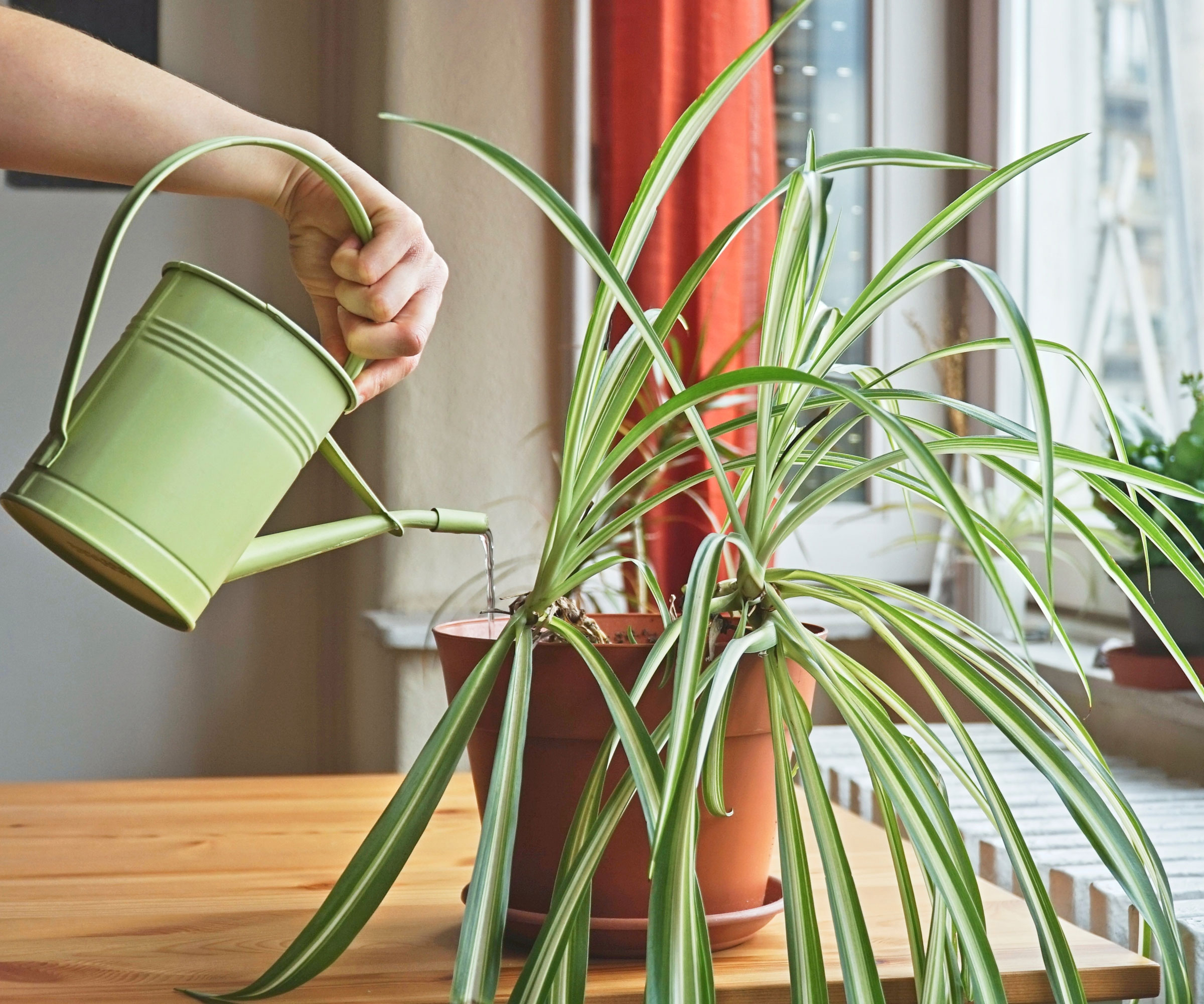
While leggy spider plants lack leaves near the soil, thin plants look sparsely leafed throughout. If I am dealing with a thin plant and am wondering how to make my spider plant fuller, the issue tends to be inadequate water. Knowing how often to water a spider plant – and in which way – can help to give plant shape a genuine boost.
Spider plants do just fine on twice a month watering – mine do! But if you forget one of those irrigation sessions, it’s not ok. The plant may start to look withered, drop leaves, and become leggy. To help your spider plant, give it a shower, watering down the leaves and dousing the soil, then put it in an indirect light area to drain.
If you're worried about overwatering or poor draining, make sure your pot has good drainage. A Drain Drawer Pot, available from the Gardening Know How Shop, can help you manage water levels correctly. Keep up a regular watering schedule and you will quickly see improvements.
3. Repot Thin Spiders for Extra Space
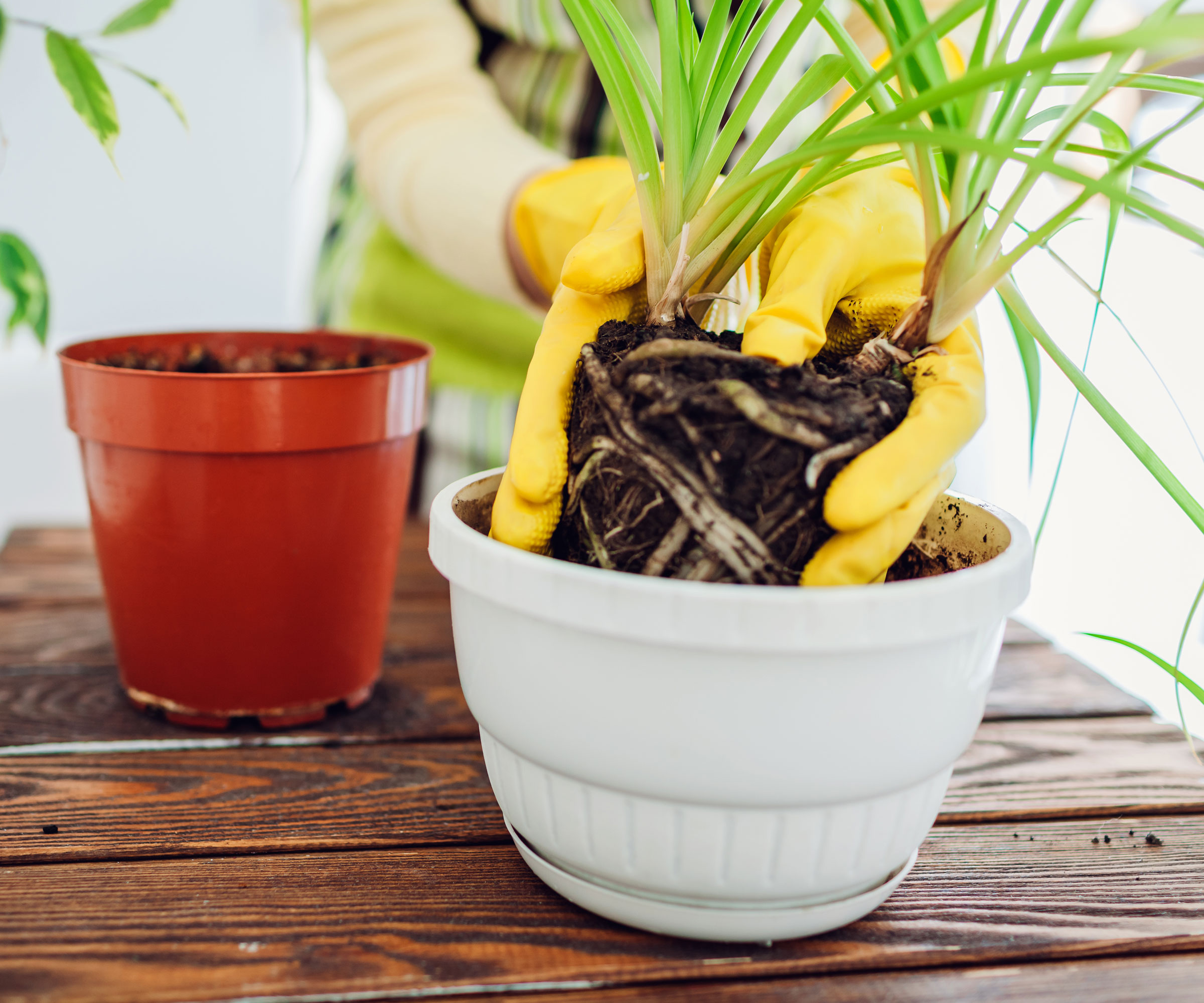
Another cause of thinning plants is lack of root space. Spiders don’t need annual repotting, but if you see roots coming out of the drain holes or filling up the pot, it is definitely time to repot your spider plants. The likelihood is that the roots are taking up so much of the pot that there isn’t enough soil to feed them all.
You need to get a slightly larger pot and some new potting soil. Choose something lightweight and reliable for your spider plant, like a Ridge Indoor/Outdoor Planter by Crescent Garden in the Gardening Know How Shop. If you like, this could be a good opportunity to adapt your pot with a self-watering insert like a TruDrop Flex from Crescent Garden, to cut down on future plant maintenance time.
When you remove the plant from its old pot, make sure you trim off any damaged or dying roots, then pot it up in the new container. Once the plant settles and its root system has started to grow again, you should see an improvement in overall shape and bushiness.
4. Use Interplanting for Bushier Spiders
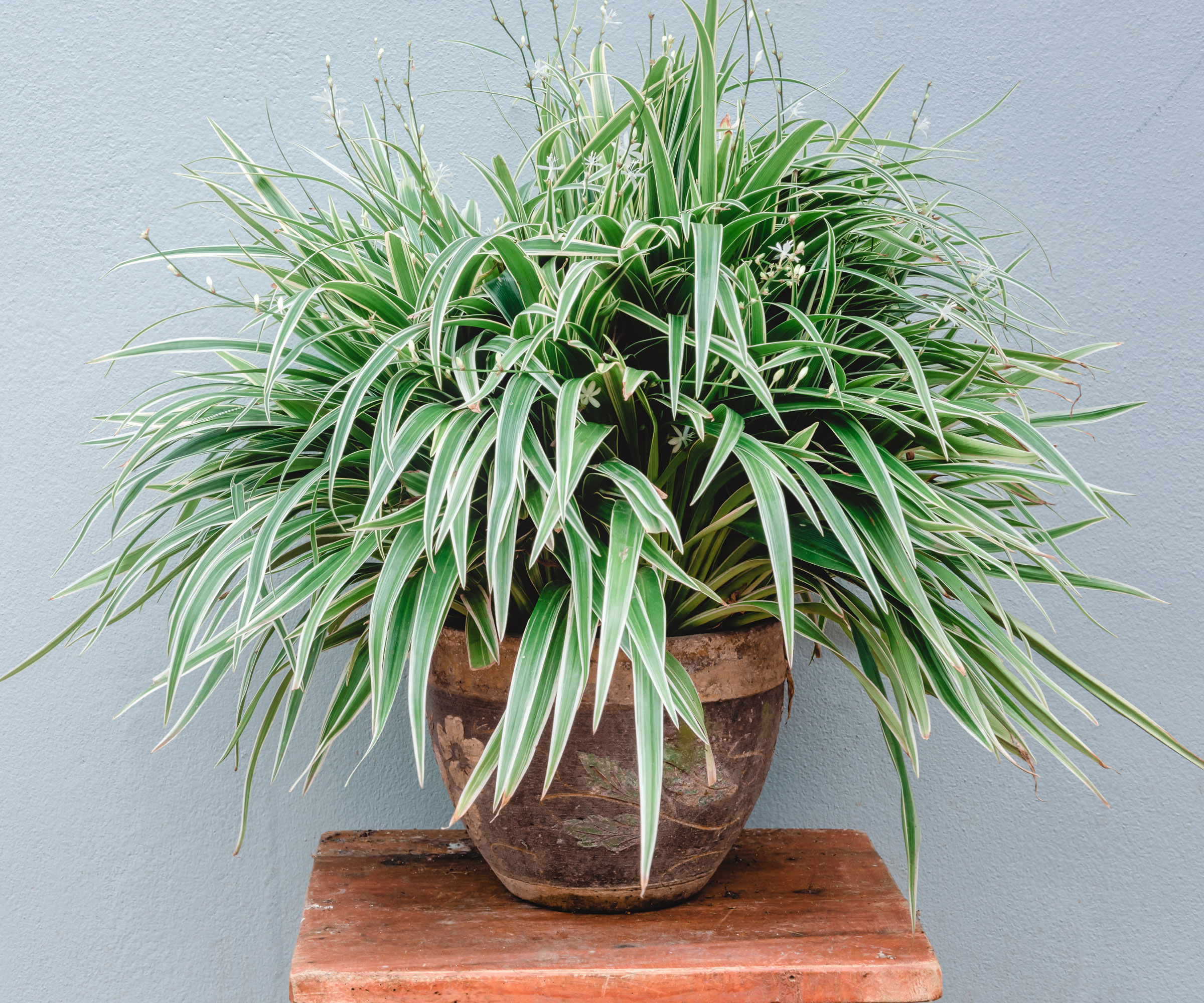
If you are still wondering ‘how do I make my spider plant bushier?’ then there is one more thing you can try. It involves interplanting – adding new, young plants to the same pot to fill out the leaves. The least expensive way to do this is to clip off baby spiders or spiderettes from your plant.
Wait until they develop healthy roots, then snip them from the parent stem. Soak the roots in water overnight, then plant the babies in areas of the container where you spy spaces. Water regularly until the younger plants have established. Job done!
Other Great Houseplant Ideas
- Keen to ensure your spider plant stays in the peak of fitness as it grows? Follow our guide on how to fertilize indoor plants to give your favorite houseplants the best chance of growing to their fullest potential.
- Want to make a dramatic feature of your spider? Elevate your favorite houseplant by learning how to grow a hanging spider plant and make the most of its shape, growing habit and spider babies.
- Stuck for houseplant ideas to fill a particular room in your home? Grab some inspiration from our perfect houseplant combinations to fill bathrooms, bedrooms and low-light areas with gorgeous foliage.
- Need new pots, trays or tools for your indoor gardening projects? Check out our curated Indoor Gardening Section in the Gardening Know How Shop – our easy, one-stop section for all your essential home garden kit.
This article features products available from third party vendors on the Gardening Know How Shop. Keep in mind that our plant inventory is limited - so if you’re thinking of purchasing, don’t wait!

Teo Spengler is a master gardener and a docent at the San Francisco Botanical Garden, where she hosts public tours. She has studied horticulture and written about nature, trees, plants, and gardening for more than two decades. Her extended family includes some 30 houseplants and hundreds of outdoor plants, including 250 trees, which are her main passion. Spengler currently splits her life between San Francisco and the French Basque Country, though she was raised in Alaska, giving her experience of gardening in a range of climates.
- Amy DraissDigital Community Manager
